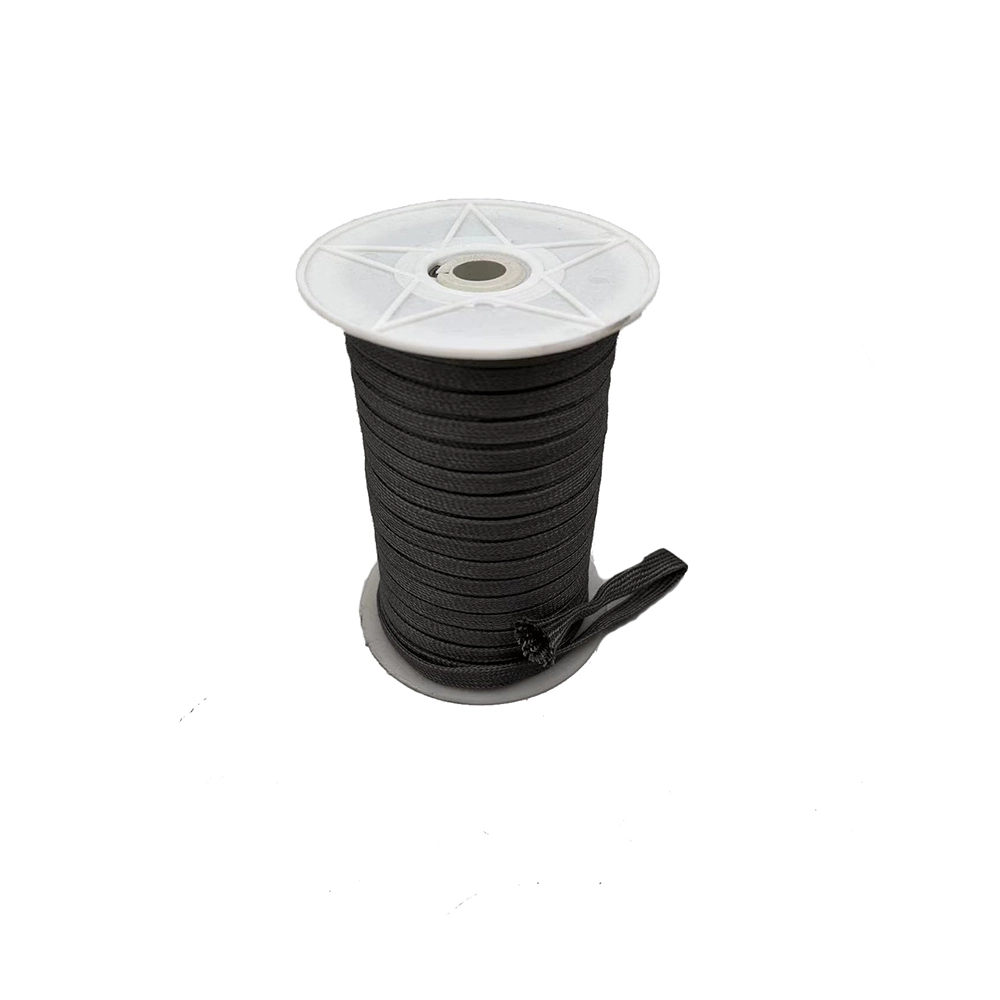Description
Electric cups, commonly known as electric kettles or tea kettles, are a convenient appliance found in most households. They are designed to boil water quickly and efficiently, often with various safety features. However, one common issue that users may encounter is the risk of water overflowing, which can lead to messy cleanups and, in extreme cases, even damage to the appliance. This article aims to provide insights on how to avoid water overflow when using an electric cup.
1. Understanding the boiling process
To prevent overflow, it’s essential to understand how water boils. Water reaches its boiling point at 100°C (212°F) at sea level. As the water heats up, bubbles form at the bottom of the container and rise to the surface, carrying heat energy. If the bubbles rise too quickly or the container is too full, they can burst, causing water to splash or overflow.
2. Filling the electric cup correctly
To minimize the risk of overflow, it’s recommended to fill the electric cup to a level slightly below the maximum capacity line. This allows for expansion as the water heats up and reduces the likelihood of bubbles bursting at the brim. Additionally, avoid filling the cup to the brim immediately after boiling as the water may expand slightly upon heating.
3. Monitoring the boiling process
It’s crucial to keep an eye on the water while it’s boiling. When the water starts to boil, it’s best to reduce the heat setting or turn off the kettle momentarily to allow the bubbles to settle. This step is particularly important with electric cups that do not have an automatic shut-off feature. By monitoring the boiling process, you can prevent the formation of large bubbles that may cause overflow.
4. Using the right type of electric cup
Choosing an electric cup with a wide mouth can help reduce the risk of overflow. Wide-mouthed kettles allow for better air circulation, which helps bubbles rise more smoothly to the surface. Additionally, some models come with anti-overflow features such as a spout that directs the steam away from the brim.
5. Regular maintenance and cleaning
Maintaining your electric cup is essential to its performance and safety. Regularly cleaning the interior and exterior of the kettle can prevent mineral deposits and other impurities from building up, which can affect boiling efficiency. Furthermore, checking the lid and other parts for damage or wear and tear can help identify and fix potential issues before they lead to overflow.
In conclusion, avoiding water overflow when using an electric cup is a matter of following a few simple guidelines. By filling the kettle correctly, monitoring the boiling process, choosing the right type of cup, and maintaining it regularly, you can enjoy the convenience of boiling water safely and effectively. Remember, safety should always be your top priority when operating any electrical appliance.















Reviews
There are no reviews yet.